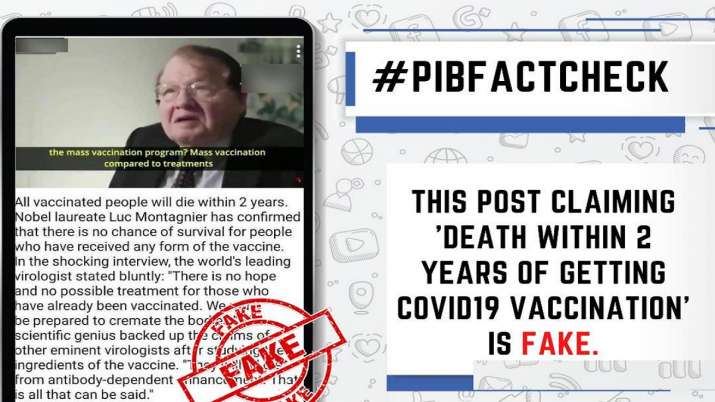My reading habits and the scenario of fake news…

When I was in India, my average day use to begin with, a cup of coffee in one hand and a newspaper in the other. I like to read print media more in comparison to digitally available texts. I got this habit of reading newspapers from my parents. Since my childhood, I have been seeing them reading newspapers every morning and so I attracted this reading habit. But everything changed drastically when I changed my country, I started reading on my phone/tablet. I just started reading more articles on the internet… Now, it has become a habit that I wake up in the morning and scroll through emails, news, social media and messages. Also, I am just trying to read e-books these days.
As this pandemic took place, news became more stressful and there were times when I didn’t like to read a single headline… Suddenly, the news revolves around negative aspects more so I felt frustrated and even sad many times. Due to this, my interest in news started to decline gradually… On the contrary, I had this habit of reading the news daily, so I felt blank when I use to wake up in the morning. Thus, I opted for a way out and started reading a blend of news related to technology advancements, daily updates around the world (a little less about this) and the new growth and development that is going around me.
Wikipedia refers to fake news as false or misleading information presented as news. Fake news often has the aim of damaging the reputation of a person or entity or making money through advertising revenue. It also refers to the news articles that are intentionally and verifiably false. Cymone’s article defines fake news as “news articles that are intentionally and verifiably false, and could mislead readers.” The article mentioned that misinformation in the media is not new. It has been with us since the development of the earliest writing systems (Marcus 1993). But it has been rising at a large scale on digital platforms. On these online platforms, there are people who are unaware of the genuine sources and they post to engage others. These types of people are the non-journalists who tend to spread without validating the source of the news.

Every one of us has come across fake news at one or the other times in our lives… During the time of the COVID-19 vaccination, I also heard many news regarding the harmful effects of these vaccines. Most of them were fake news such as this news of ‘death within 2 years’. I was shocked after reading this news and started searching more about it. The people who were planning to take the vaccine or had taken were also scared after this news. Few people have tools to detect whether it is a piece of fake news or not but most of us don’t have. If I talk about myself, even I found it hard to judge between fake and real news. As everyone says, the more you read about a particular thing, the more you come to know about it. So, my only strategy before opting for this course was to read as much as possible from different sources about the news. But, this course has helped me to study and gain knowledge about the strategies to use for judging fake news… My fellow classmates have also mentioned a few strategies to tackle this misinformation.
Lastly, I would like to share a video that talks about five C’s which will help students to identify Fake news.
I love that you included John Spencer’s video. He does such a great job of explaining things, and creates all of his own graphics by hand! Alec brought him in to talk in one of our classes, and he was so down-to-earth, inspirational, and really a great person to follow. I find that I am continually learning from him and what he posts and creates. Such a great asset in the educational world, and down to earth. Easy to relate to, and learn from!
Great video! You are completely right, everyone in this world is coming across fake news in one form or another and having the skills to be able to identify fake news is essential. I found the amount of fake news during the pandemic to be extremely overwhelming. Masks vs. no masks, vaccines vs. no vaccines, etc. Thanks for providing some of your own experiences and tips.